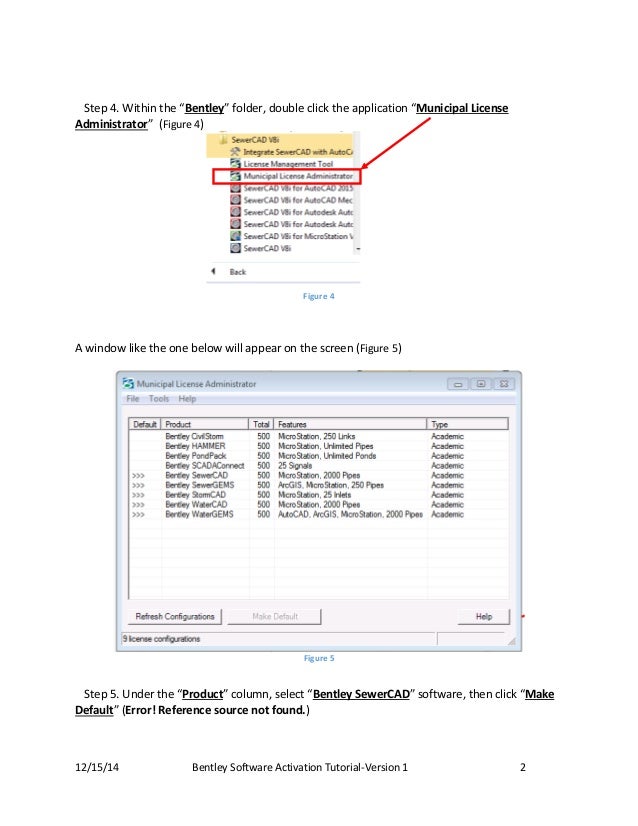



The tank is circular with a diameter of 15.0 m. It has been determined through a series of bottle tests that the average bulk reaction rate of the chlorine in the system (including all pipes and tanks) is approximately 30.5 per day. Chlorine is injected into the system at the source of flow, R-1, as shown in the following figure at a concentration of 1 mg/L. The water surface at the reservoir is 70 m. The company wishes to determine the age and chlorine concentration of the water as it exits the system at different junctions. Creating Line Series Graphs for different elements in the hydraulic modelĪ local water company is concerned with the water quality in its distribution network.Defining & Assigning Demand Patterns to Junctions.Defining Tank Data (Elevations, Diameter & Inactive Volume).Performing Extended Period Simulation Analysis EPS.OpenFlows WaterGEMS is a superset of OpenFlows WaterCAD. OpenFlows WaterGEMS capabilities such as Pipe Renewal Planner makes the task much easier by analyzing and comparing a wide range of variables to prioritize renewal decisions. Reliable asset renewal decision support for system sustainability: When it comes time to renew or replace your water infrastructure, the amount of asset-related information you must consider can be overwhelming.With OpenFlows WaterGEMS, model pumps accurately, optimize pumping strategies, and plan shutdowns and routine operations to minimize disruption. Optimized operations for system efficiency: Realistically modeling the operation of complex water systems can be difficult.With OpenFlows WaterGEMS, effectively identify potential problem areas, accommodate service area growth, and plan capital improvements. Intelligent planning for system reliability: The capability of the water network to adequately serve its customers must be evaluated whenever system growth is anticipated.OpenFlows WaterGEMS provides numerous software capabilities for:


 0 kommentar(er)
0 kommentar(er)
